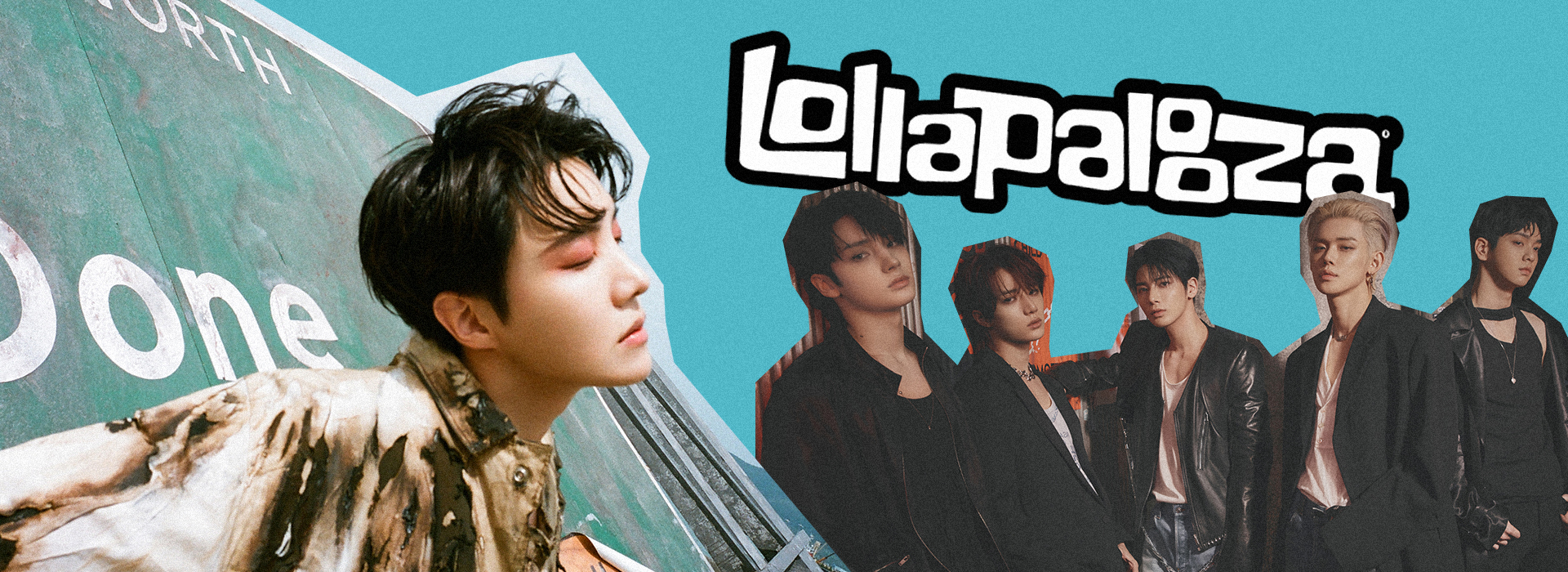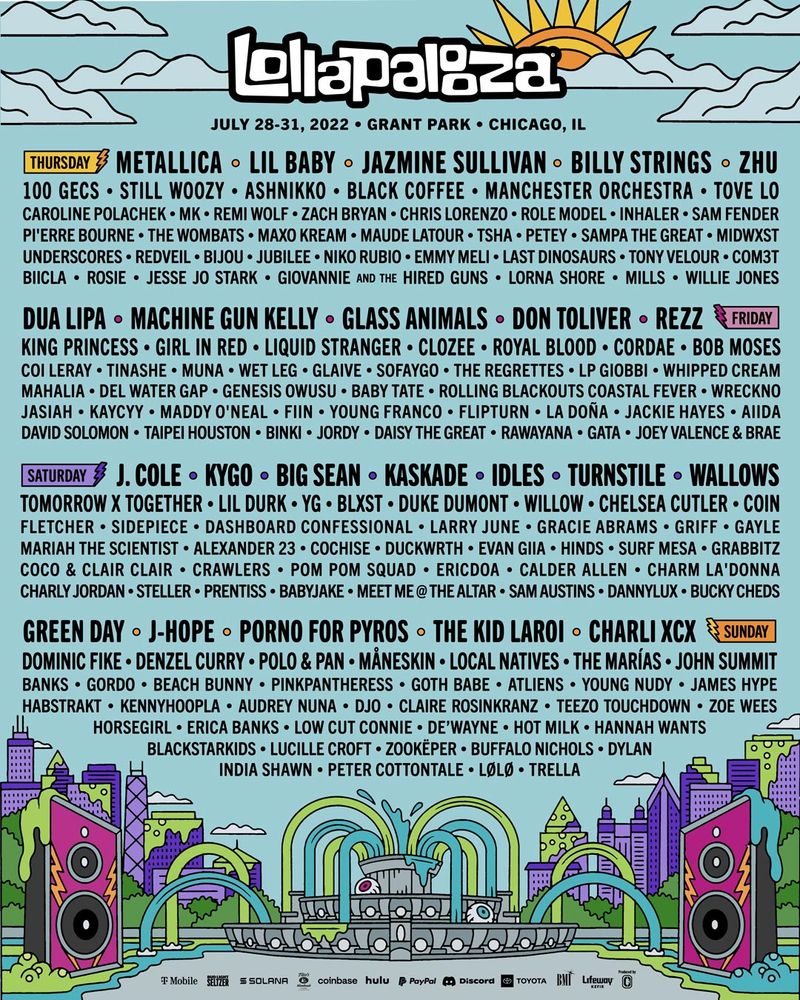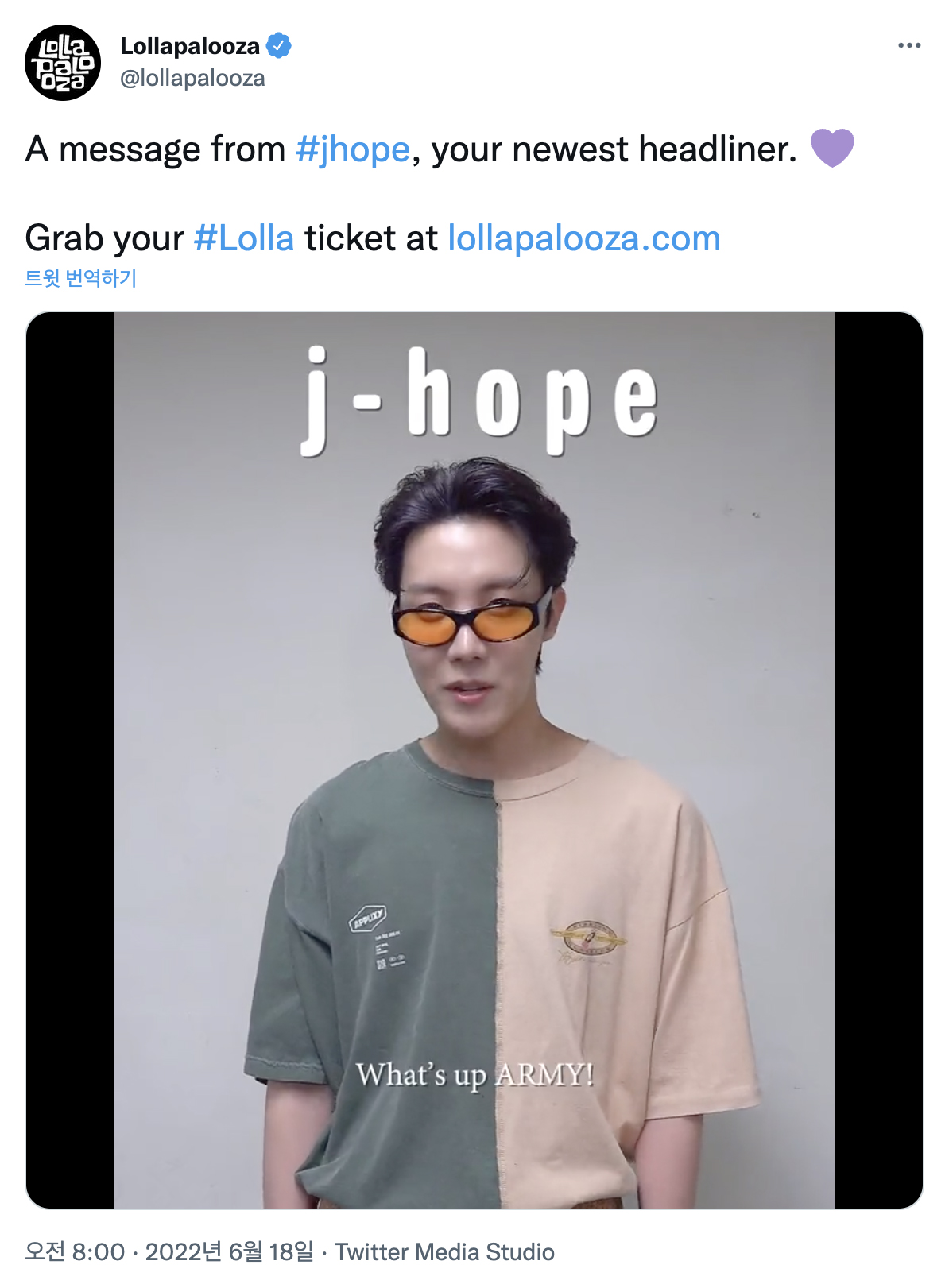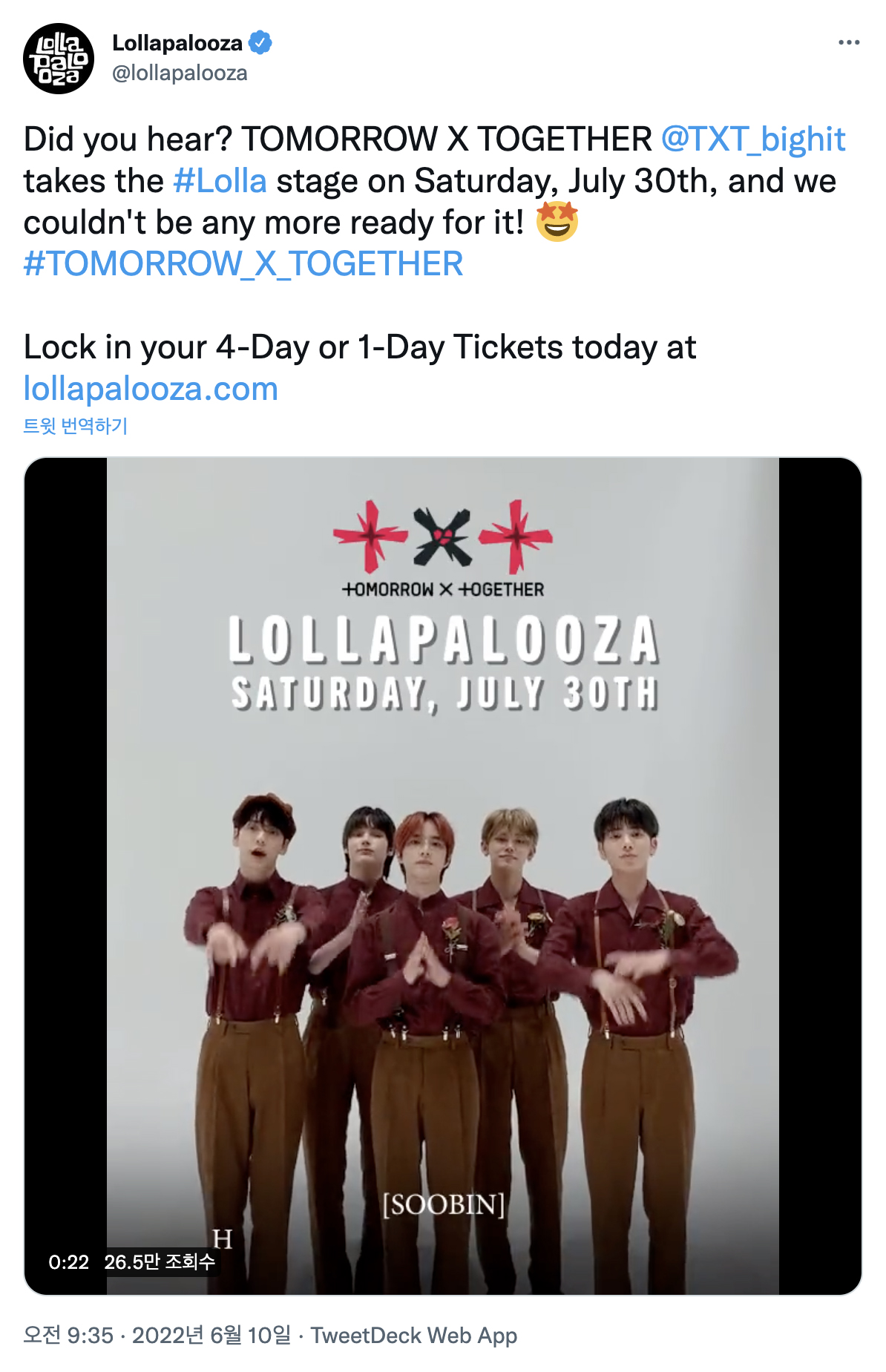Lollapalooza was founded by Jane’s Addiction lead singer Perry Farrell. Preceding the alternative rock craze of the 1990s, Jane’s Addiction formed in 1986 but suddenly disbanded after the release of their sophomore album, Ritual de lo Habitual, in 1990. Farrell organized a massive music festival for the band’s farewell performance with other rock bands as well as artists playing across a spectrum of genres and guests including Siouxsie and the Banshees, Nine Inch Nails, Ice-T, Body Count, Henry Rollins and more. Farrell additionally proposed it as a touring festival traveling throughout the United States and Canada and with plenty to enjoy on top of the music, such as tech shows and a circus. The name he chose is actually a 19th-century slang term in US English meaning “unique and unusual.”
Lollapalooza was a success right out the gate, starting with that first concert in 1991 and heralding the alternative rock revival along with Nirvana’s seminal Nevermind. Music fans were drawn in by the idea of a festival with no limits and no restrictions whatsoever on its lineup, ranging from rock bands who have made a name for themselves to up-and-coming newcomers. In 2020, SPIN magazine called Lollapalooza the opportunity that pushed alt-rock into the mainstream in the 1990s and emphasized that it marked the beginning of the modern American music festival. Farrell effectively fertilized a brand-new music experience for young people with the remains of his old band and watched a fantastic concert bloom in the city center.
With such a storied history, the festival has faced a crisis as well. Lollapalooza quickly lost its luster in the early 1990s as alt-rock made it to the mainstream and festival after festival sprang up around it. They had a policy of booking bands below a certain level of recognition, but that was thrown into disarray when Metallica took to the stage in 1996. The festival was also canceled entirely in 1998 when they failed to find a suitable headliner. Lollapalooza got back on its feet in 2003 when Farrell came back after stepping away from the planning committee in 1996, with his efforts leading the festival to tour around 30 cities and successfully attract investors. The festival is now a major music staple in Chicago every year.
The Lollapalooza format has also been exported to other parts of the world. The festival is equally spectacular in its South American counterparts held in Chile, Brazil and Argentina, attracting flocks of crowds every time. Lollapalooza is also now held in Europe, with individual festivals in Germany, Sweden and France. They make for a unique experience where festivalgoers are treated to both world-famous artists on stage as well as numerous cultural events.
The original aim of Lollapalooza was to hold a festival that would expose young people to alternatives to mainstream culture. More than 30 years in and that spirit continues to live on. A look at this year’s lineup alone reveals a list of artists that cross all boundaries of genre and race. They work in genres as diverse as hip hop, metal, rock, jazz, soul and pop.

 ©️ Lollapalooza
©️ Lollapalooza
